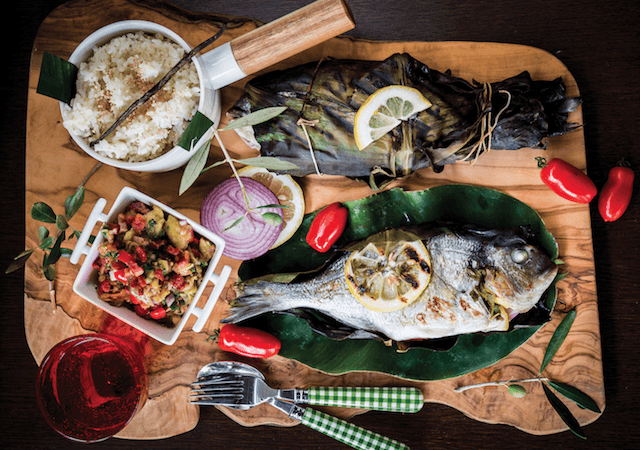In a spread of Filipino food, among platters of fried fish and braised meats and their bold layers of acid and salt and funk, lies the history of a people. It tells a story in parts.
An abundance of sun-loving produce and seafood—fatty fried bangus (milkfish), plump prawns afloat in mouth-puckering sinigang (a sour soup), punches of unapologetically pungent bagoong (a fermented shrimp or fish paste)—tells of the natural resourcefulness of the inhabitants of the tropical, archipelago nation of over 7,000 islands. The omnipresent sting of vinegar, to braise beloved adobo or cure ceviche-like kinilaw, is a reminder of their solution to pre-refrigeration food preservation in a sweltering climate.






